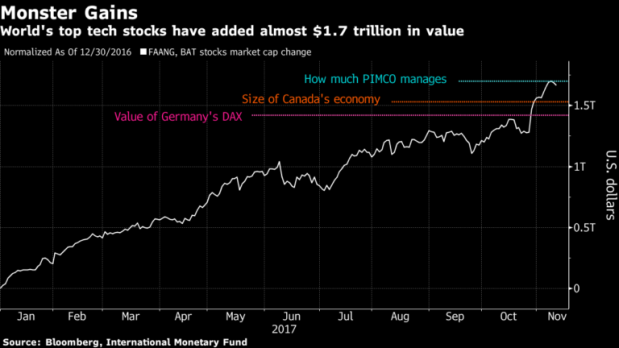 When the World Economic Forum kicks off in Davos, the first thing I look out for is the Edelman Trust Barometer. Now in its 20th year, the PR agency Edelman has been measuring public trust in people and institutions.
When the World Economic Forum kicks off in Davos, the first thing I look out for is the Edelman Trust Barometer. Now in its 20th year, the PR agency Edelman has been measuring public trust in people and institutions.
And this year, this stuck out particularly for me:
- Business is seen as the most competent of institutions, inching ahead even of NGOs. And it is seen as competent, even if seen as too self-centered by most respondents.
Time for CEOs to step up!
The survey shows that people have a high expectation that their company’s CEO takes the lead in speaking out on important issues – from climate change, diversity or jobs of the future. A whopping seventy-five percent (75%) believe CEOs should lead the way to change, almost that it is imperative for them to speak out and not wait for politics and government to step in.
Larry Fink only last week spoke out on jobs lost to automation and the need for ESG-only investments. Microsoft taking more carbon out of its operations. Steps in the right direction. But the level of consciousness needs to be raised! Just think to Siemens who recently have been criticized around their decision to invest in coal mining in Australia despite the recent environmental (fire) crisis.
More needs to be done and being a change enabler should move to the top of any CEO’s agenda in 2020.
Technology is a worry
83% of respondents said they were concerned also about losing their jobs for various reasons like a weak economy, lack of job security, automation, or a lack of skills. Meanwhile, 62% feel work technology is “out of control,” and technological change is happening too quickly. Yikes.
Therefore CEOs will need to make real investment efforts in the coming years in people, not just technology. Why? Because we need a perfect balance of the two!
Mastering challenges collectively
But also engaging stakeholders across the board will be a key opportunities for businesses and CEOs alike. 87% say that customers, employees and communities are more important to a company’s long-term success than shareholders alone.
Maybe we have already seeing a shift when looking at the announcement by The Business Roundtable Group of CEOs who said that we should start to move away from a sole focus on shareholders to a more balances purpose centred on all stakeholders.
My encouraging question to all CEOs out there: How will you use your opportunity to own the narrative and to drive change to build trust in the coming years?
 Practice makes perfect. Who hasn’t been told that at some point in their life? But is it true?
Practice makes perfect. Who hasn’t been told that at some point in their life? But is it true?
 There is a huge pile of research reports and studies on my desk how digitization will change the way we do business. And I am sure there are similar piles in many managers’ offices. But what good are the best reports if you are unable to move the transformation forward?
There is a huge pile of research reports and studies on my desk how digitization will change the way we do business. And I am sure there are similar piles in many managers’ offices. But what good are the best reports if you are unable to move the transformation forward? italist Mary Meeker’s annual presentation on the
italist Mary Meeker’s annual presentation on the  While customer centricity is nothing new, customer experience lies at the heart of digital transformation.
While customer centricity is nothing new, customer experience lies at the heart of digital transformation. Facebook is on a roll – the rate at which it is introducing new features is mind-blowing.
Facebook is on a roll – the rate at which it is introducing new features is mind-blowing.